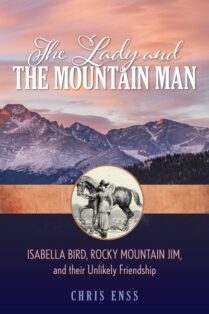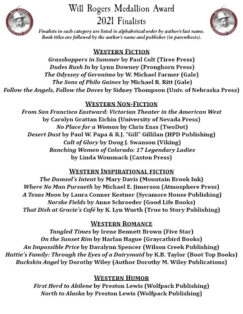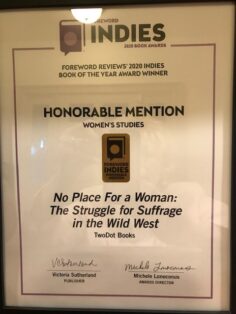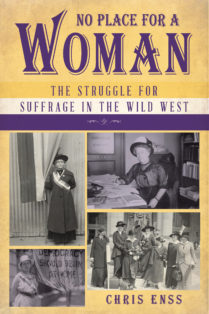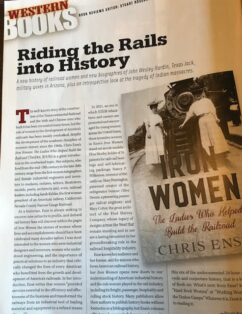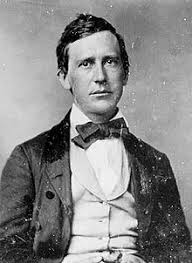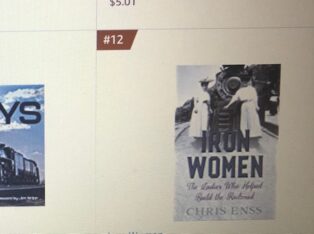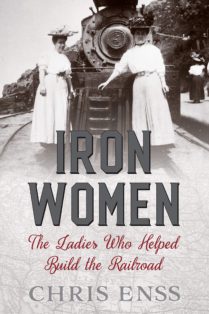Enter now to win a copy of
More Tales Behind the Tombstones:
More Deaths and Burials of the Old West’s Most Nefarious, Outlaws,
Notorious Women, and Celebrated Lawmen
Visitors walking through the graveyards often find themselves stepping over weeds that have grown around fallen headstones. Sadly, the final resting place for many small families and communities has been left unattended or even forgotten. The seasons have taken with them the names chiseled in the granite, nearly erasing all memory of those mourned beneath the dilapidated tombstones.
Aside from the normal life and death cycle in New England, it is estimated that one in every seventeen people died on the journey west from 1847 to 1900. Oftentimes the men, women, and children who died en route to the gold hills of California and Colorado, or the fertile farmlands of the Pacific Northwest, were buried on the spot where they died. A proper burial and lengthy funeral were forfeited in favor of pushing on to the far-off destination. Traveling across the plains demanded that sojourners be constantly on the move. The threat of bad weather, hostile Indians, wild animals, or desperados kept pioneers from staying too long in one area.
Contrary to popular belief, the thousands of settlers who perished on the trail west did not solely die in gunfights or Indian attacks. Scorching deserts, starvation, and dehydration claimed many lives. Poor sanitation bred typhoid, cholera, and pneumonia. Blood poisoning brought on by a cut or scrape from a sharp object, or shock from an accident, such as a wagon spilling over with travelers inside, brought about numerous deaths as well.
There were pioneers, though, who could not be persuaded to forgo a ceremonial funeral if they lost a loved one. Nothing could keep them from burying the deceased in a plot where they could be remembered. A section of ground in a scenic location with trees to shade the grave was the preferred spot. To leave someone dear in an unmarked plot was impossible for some to accept.
As pioneers established homesteads and built towns around their farms and ranches, the dead were buried either in family cemeteries near where they had lived or next to churches where they worshipped. For nineteenth-century ancestors, it was important to remember death. The fact of death served as a reminder to those who continued to persevere and do good works as preparation for a final judgment by a righteous God.
Whatever the cause of death or wherever it occurred, the need to take care of a deceased person’s remains was a necessity. Until the discovery of formaldehyde in 1867, and the subsequent introduction of the product and its use as an acceptable embalming method in America in 1872, there were limited ways to deal with the dead. Immediate burial was preferred. If a person died in the winter and the ground was frozen and a grave could not be dug, the body was stored in a barn or woodshed until the earth thawed and the departed could be buried.
As in the cities, carpenters in mining camps or cattle towns were usually the undertakers since they had the tools and supplies to build coffins. The wooden caskets might be lined with white linen if it was supplied by the deceased’s family or friends. Sextons, people who looked after a church and churchyard, would determine where in the cemetery a person was to be buried. They would also dig the grave and fill it again.
People who lived in small towns would often gather at the graveyard where the coffin was placed atop two sawhorses. For those who lived in less rural areas, there were hearses to rent to transport the dead from the undertaker’s office to the cemetery. The vehicle had glass sides and was decorated with elaborate carvings and brass ornaments. On top were tall, shako-like plumes, one on each corner.
While cemeteries house the dead, the tombstones record not only their pleasures, sorrows, and hopes for an afterlife, but also more than they realize of their history, ethnicity, and culture. In this book are true stories about thirty real people who are buried in marked and unmarked graves throughout the frontier and elsewhere. How these famous and infamous individuals lived and then exited this world is reflected on their headstones. Tales of their demise add details of their courage, adventure, hardship, and joy not included on those tombstones.
The dead included in the book More Tales Behind the Tombstones will never exhaust their potential to enlighten.
Enter to win More Tales Behind the Tombstones:
More Deaths and Burials of the Old West’s Most Nefarious, Outlaws,
Notorious Women, and Celebrated Lawmen
